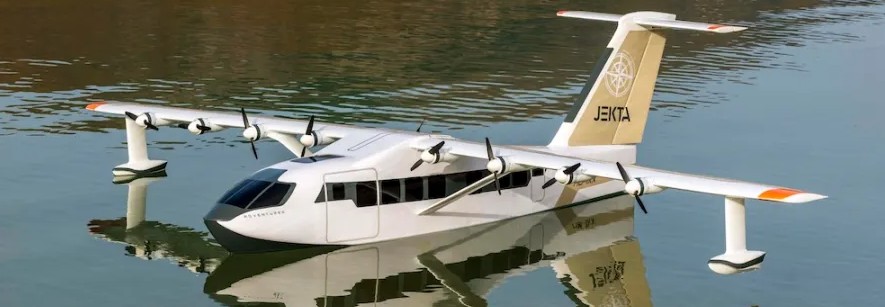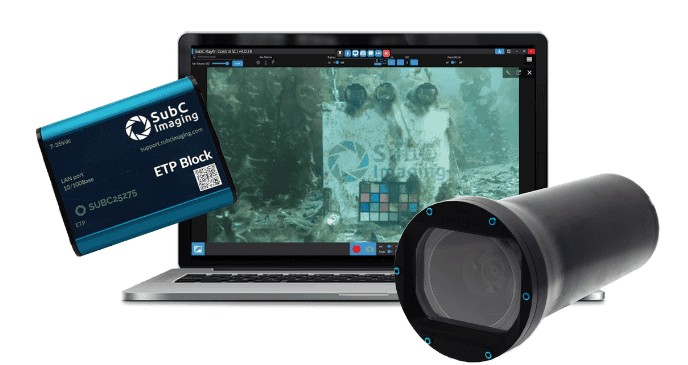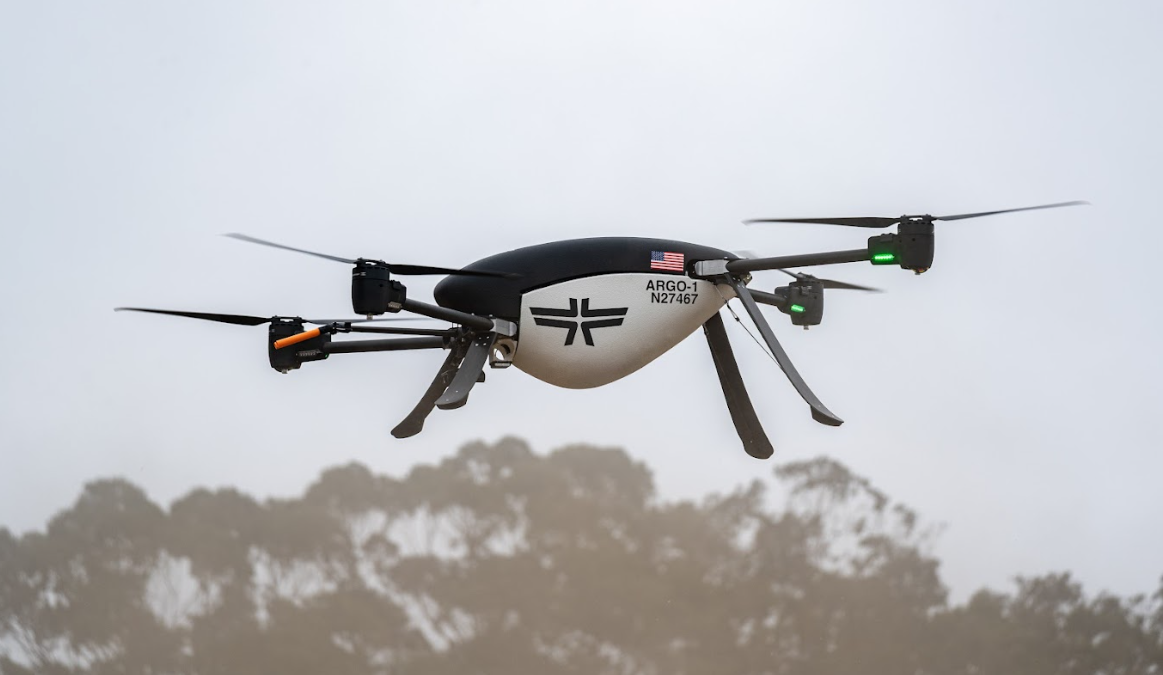Anduril and General Atomics Push “Wingman” UAVs into the Future of Aerial Combat

The Paris Air Show 2025 saw more than just cutting-edge jetengines and aerial displays—it marked a visible shift in the strategicimagination of 21st-century air combat. While nations once raced to field themost advanced manned fighters, a new chapter is now unfolding in aerospacetechnology: the age of collaborative combat aircraft. At the center of thisshift are two U.S.-developed autonomous systems—Anduril’s Fury andGeneral Atomics’ YFQ-42A—designed to serve as AI-driven “loyal wingmen”to crewed jets. Their presence at the Paris Air Show wasn’t just a show ofcapability—it was a message that the future of aerial warfare will be definedby human-machine teaming and scalable autonomy.
Anduril’s Fury unmanned combat aerial vehicle (UCAV)emerged as one of the most talked-about systems on display. Sleek and angular,the drone was built for stealth, range, and rapid deployment. It features aninternal weapons bay, high subsonic speed, and a modular payload structure thatmakes it mission-adaptable—whether for strike, surveillance, or electronicwarfare. But the real core of the Fury is its AI brain. Anduril, knownfor its software-first approach to defense innovation, developed an autonomystack that allows Fury to operate with minimal human input whilecoordinating with manned assets in real time. The system doesn’t just follow—itanticipates. It can autonomously identify threats, assess mission parameters,and adapt to dynamic environments, acting as both scout and strike asset formanned fighters like the F-35 or F-22.
General Atomics, a name synonymous with long-endurancedrones like the MQ-9 Reaper, took a different but complementary approach withthe unveiling of its YFQ-42A. This UAV is heavier and more modular, witha design optimized for deep integration into joint-force operations. With awingspan exceeding 20 meters, the YFQ-42A is built for extended rangeand payload flexibility. It can fly ahead of manned formations, jamming enemyradar or striking air defenses before pilots ever come into harm’s way. Itssemi-autonomous control structure enables it to share sensor data with otherplatforms, execute synchronized maneuvers, and act as a forward-deployed nodein complex air operations.
Together, these systems represent more than technologicaladvancement—they embody a doctrinal shift. Collaborative Combat Aircraft (CCA),as the U.S. Air Force calls them, are meant to be force multipliers. Theyincrease the survivability and lethality of crewed aircraft while loweringoperational costs. A formation that once required four expensive, human-pilotedfighters can now be composed of one or two manned aircraft accompanied by aconstellation of smart, unmanned companions. These wingman drones can absorbrisk, scout dangerous territory, jam enemy sensors, or deliver ordnance—whilethe human pilots stay focused on high-level strategy and mission command.
The Paris Air Show placed this trend in an unmistakablyglobal context. European nations, particularly France and Germany, areinvesting in similar systems as part of their Future Combat Air System (FCAS).Australia’s Ghost Bat program with Boeing has already entered test flights.Even China is developing advanced unmanned wingmen such as the FH-97A. But whatsets the U.S. systems apart—especially Anduril’s offering—is their heavyemphasis on autonomy and operational readiness. These aren’t just concepts orprototypes; they are systems already undergoing testing, live-fly evaluations,and integration into combat planning.
Anduril’s Fury also underscores a broader defenseindustry transformation in the United States. Traditional contractors are beingjoined—or disrupted—by newer firms with software-driven approaches. Anduril,founded by tech entrepreneurs, treats autonomy not as a feature, but as thefoundation. Its mission software evolves quickly through iterative updates,informed by real-world feedback and AI training cycles. This allows the Furyto adapt faster than legacy platforms, making it especially suited for dynamiccombat zones where latency in decision-making can be fatal.
General Atomics brings different strengths to the table:manufacturing maturity, logistics support, and decades of operational droneexperience. The YFQ-42A is built to fit into existing U.S. and NATOcommand structures, making it a likely candidate for coalition operations. It’sexpected to complement high-value assets like tankers and AWACS aircraft,operating either semi-independently or as part of a manned-unmanned team. Itsrobust data link architecture allows operators to pass control between groundcrews and pilots mid-flight, or even hand it over to AI algorithms forautonomous mission continuation.
Both companies are responding to the U.S. Department ofDefense’s push for a next-generation air dominance strategy that relies heavilyon unmanned systems. The Collaborative Combat Aircraft initiative, part of thebroader NGAD (Next-Generation Air Dominance) program, envisions a distributedforce structure—manned fighters orchestrating teams of loyal wingmen todominate airspace while minimizing risk and cost. These drones are not meant toreplace pilots but to extend their reach and effectiveness.
However, deploying such systems is not without challenges.Communication security, airspace deconfliction, swarm coordination, and ethicalconcerns around autonomous weapons are all active areas of research. Ensuringthat a drone can make the right decision in a contested, multi-threatenvironment without direct human input requires not only robust AI butconfidence in its judgment—particularly in situations involving life-or-deathdecisions.
Moreover, interoperability is essential. A NATO operationmight involve drones from multiple countries, each with its own protocols andsoftware stacks. Creating shared data standards and secure communicationchannels between unmanned wingmen and their human leaders is key to realizingthe full potential of CCAs in multinational missions.
The Paris Air Show was not just a display of hardware but asoft launch of the ideas shaping tomorrow’s air power. As defense budgets tiltincreasingly toward autonomy and scalability, platforms like Fury and YFQ-42Awill serve as both testbeds and templates. Their development trajectories willlikely influence procurement decisions, force structuring, and evengeopolitical calculations for years to come.
While it’s too early to say how many of these drones will befielded or which models will dominate, one thing is certain: the age of thesolitary fighter ace is giving way to an era of human-machine teams. The pilotof tomorrow will be less of a lone operator and more of a missioncommander—coordinating a web of smart, responsive, and lethal assets thatexpand the boundaries of what air forces can achieve.
In this evolving landscape, Anduril and General Atomics havepositioned themselves not only as vendors of next-generation technology but asarchitects of a new aerial doctrine. Whether in the skies over Europe, thePacific, or elsewhere, the collaborative combat aircraft on display in Parisrepresent the first real glimpse into the future of warfare—distributed,intelligent, and increasingly autonomous.




